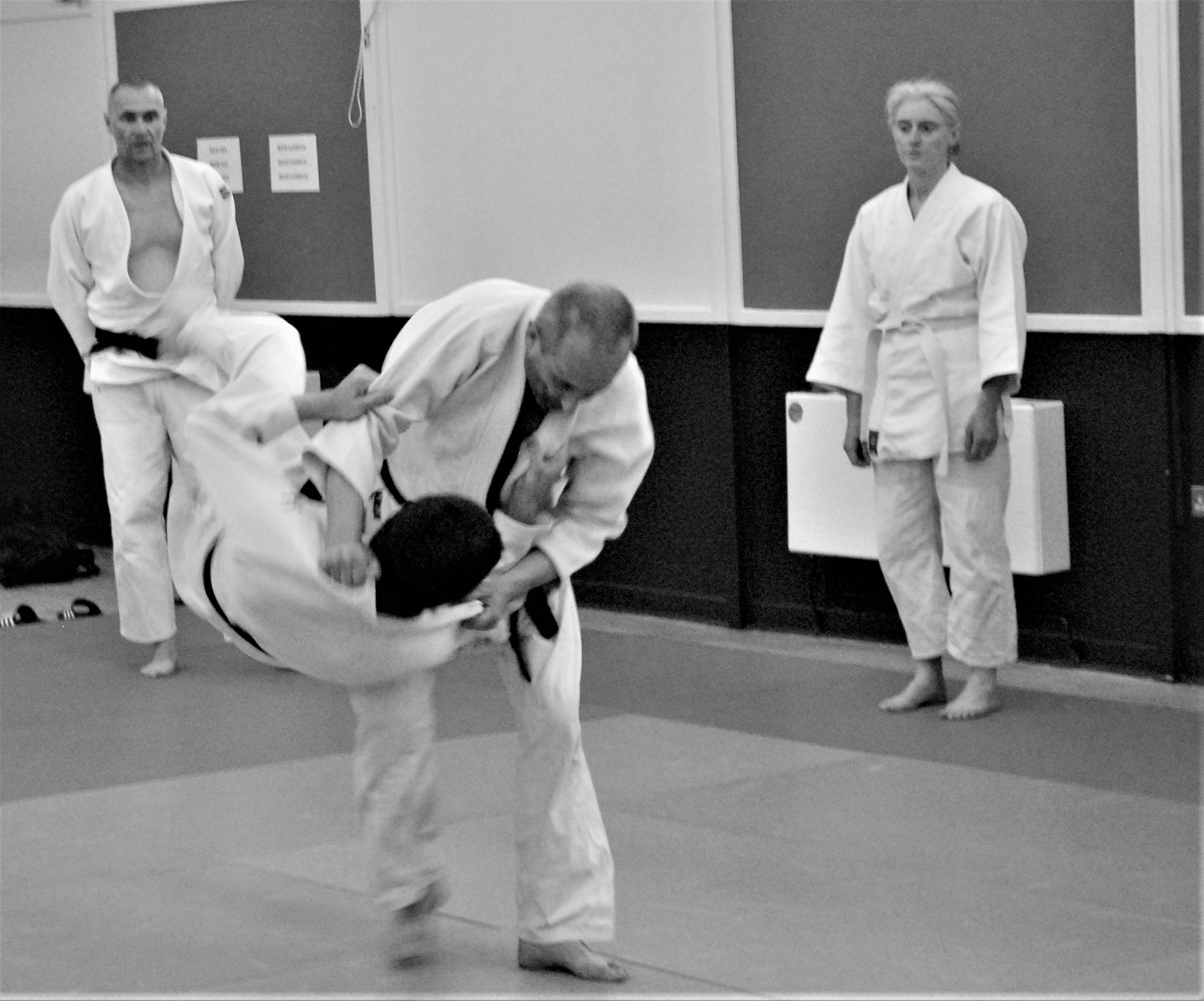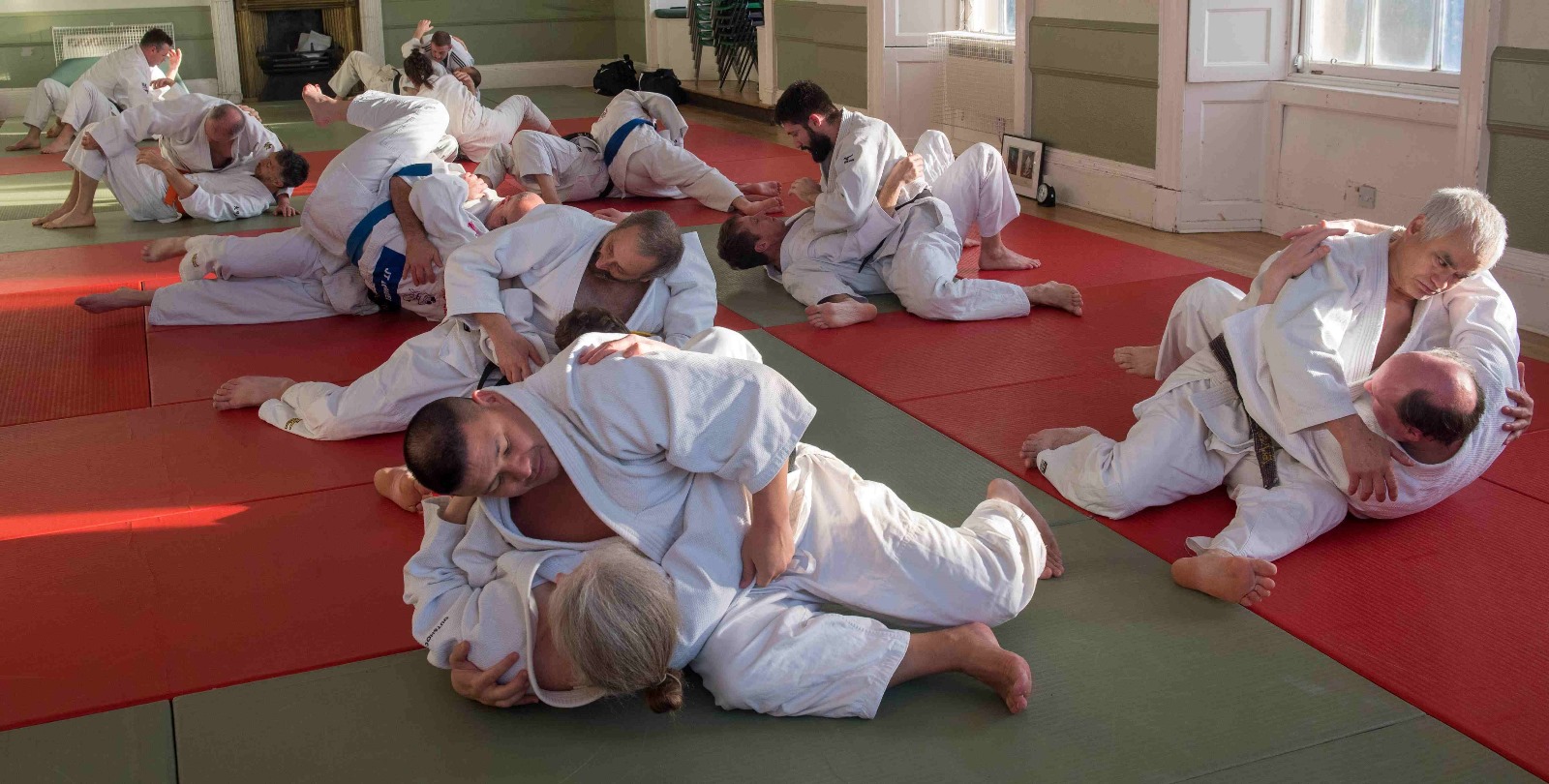From birth, the body gleans information from 5 senses.
Sight directs towards the reproduction of what is seen. There is only learning through imitation. This sense may allow us to find in others what we have in ourselves by activating mirror neurons.
Touch shortens distances. It brings you closer. This is perhaps what is most sought after in the touchscreen technologies of our phones.
Smell affects one of the deepest memories. The connections between what is being experienced at the moment and the history of the cerebellum are constant.
Taste, very close to smell, allows us to perceive the nuances of the situation. It allows the connection to a personal judgement. Activation of the language areas clarifies these nuances. Umami flavor sensors occupy almost half of the surface area of the tongue.
Hearing picks up sound vibrations processed by the cilia of the cochlea. It is physically a passive or sensing organ. It allows the sharing of common undulations. It is commonly said that music is universal and connects people.
Human development is based on experiences that place a person in situations that allow them to take. Secondly, they learn. And only later can they understand.
In Japanese, the ideograms (kanji) that make up the word TORI (取り) signify HAND (叉) that holds + EAR (耳).
The ideograms that make up the word UKE (受け) are the following ideas: HANDS joined as if to receive water (水).
As in life, in the practice of judo, there are two types of exercises. In judo, they were classified by the logic of thinking of the Japanese.
A first type, those where the reactions of the other are random (Chaos or messy) (RAN (乱) of randori 乱取り) and a second type, those where the reactions of the other are known in advance.
In the first type we can place the following exercises: Randori, Shiaï, Yaku soku geiko.
In the second can be classified the Katas officially recognised or not.
As in life, the practice of judo invites us to TAKE from the situation outside of ourselves to allow us make it our own. Only when we have taken can we LEARN. When this learning is digested, an understanding can be born. From this logical sequence follows the possibility of developing foresight. That is to say, anticipating what will appear.
Through the SINCERE practice of judo, we can access any resistance we have to Anticipation of the result of the action of TAKING.
The practice of judo therefore invites us to feel the present in order to be as anchored as possible. This anchor allows us to access the POSSIBILITIES to come.
Existing in a state of being forward is therefore a posture anchored in the present with an openness towards TAKING. Taking forward space gives access to future possibilities and accustoms the body to being present and therefore available to what may happen.
Standing in a forward stance therefore consists of finding our life within us.


I thank Tristan for his question on my previous article which gave rise to this one.
I would also like to thank those who proofread this article before publication.